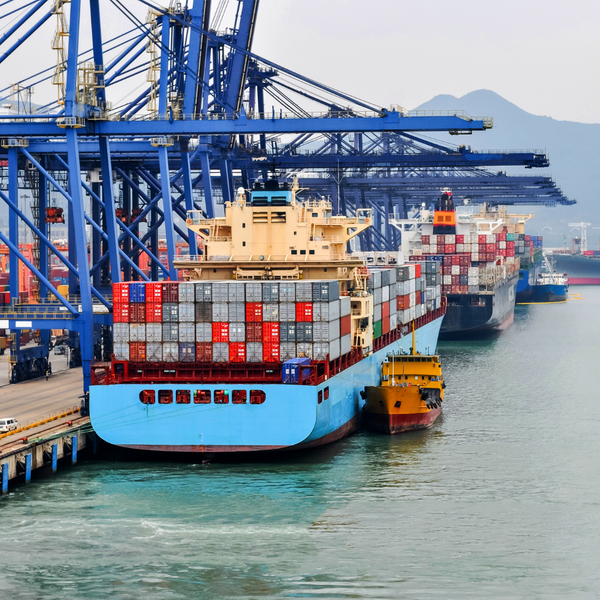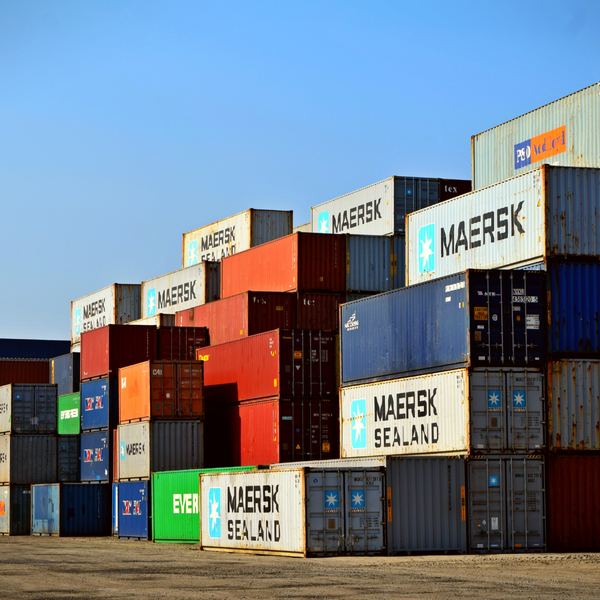
9 Church Field Road, Sudbury, Suffolk, CO10 2YA
With 35 years of expertise at the forefront of the UK weather industry, Skyview Systems understands that requirements across ports and shipping operations can vary enormously depending on the scale, cargo type, and regulatory demands of your site.
We have a long history of working alongside major port operators, helping them meet the requirements of the Port Marine Safety Code (PMSC) and the Health and Safety at Work Act. We provide critical weather monitoring solutions that support safe vessel operations, cargo loading and discharge, and robust emergency planning, all tailored to the unique demands of the marine environment.
Industry Partners
Skyview Systems partners with a range of leading port authorities, terminal operators, and maritime logistics companies, helping ensure safe and compliant operations under frameworks such as the PMSC, SOLAS, and Civil Contingencies Act. Whether it's installing real-time wind monitoring for crane operations, or integrated environmental monitoring solutions, we are proud to play a key role in safeguarding assets, and operations across the UK's shipping and port sectors.
)
Wind alarms, anemometers, and visibility sensors are crucial for safety and efficiency in cargo ship and port operations. Wind alarms provide early warnings of hazardous conditions, allowing operators to adjust plans or delay activities until it's safe.
Anemometers measure wind speed and direction, helping to ensure safe crane operations. High winds can destabilise cranes, so accurate wind data allows operators to determine whether it's safe to continue cargo handling.
Visibility sensors are vital for safe navigation in harbours, especially during fog or rain. They help operators decide whether conditions are safe for docking or require delays to avoid accidents.
)
In bulk carriers, effective rainfall management is critical to prevent the saturation of goods like grain, coal, or ores during the loading and unloading process. A rainfall gauge positioned port-side can monitor precipitation levels in real-time, allowing port operators to assess the risk of water entering cargo holds and adjust operations accordingly. Saturation can significantly increase the weight of bulk cargo, which might affect loading times, vessel stability, and unloading efficiency.
Monitoring wind speeds with anemometers and wind alarms ensures that operations are halted or adjusted in response to hazardous conditions, helping maintain safety throughout the process. Properly managing these weather factors is essential for safeguarding cargo integrity and ensuring efficient port operations.
)
Container terminals and freight operations are high-traffic environments where managing weather parameters is essential for safety and efficiency. Wind monitoring using anemometers and wind alarms allows operators to make timely decisions, pausing or adjusting operations to prevent accidents caused by dangerous wind conditions.
Lightning presents a significant risk, particularly to cranes and other tall equipment, which are vulnerable to direct strikes. Lightning detectors help identify lightning threats in real-time, enabling port authorities to suspend operations and move equipment to safe positions, protecting both personnel and valuable infrastructure.
Air quality sensors are crucial in these busy areas, where emissions from heavy machinery and vehicle traffic can affect local air quality. Monitoring helps ensure compliance with environmental regulations, while also protecting workers and nearby communities from harmful pollutants.
News + events
The port and maritime industry operates under a range of legal requirements to ensure safety and efficient operations in varying weather conditions.
The Harbours Act 1964 mandates ports to manage harbour operations safely, with local risk assessments determining the specific weather-related procedures required. Harbour Revision Orders may include weather-related rules, though these are applied on a case-by-case basis.
The Port Marine Safety Code (PMSC) does not specify numeric weather thresholds but stresses the importance of monitoring weather conditions. Ports must plan operations thoroughly, taking into account current and forecast weather conditions. It also requires authorities to establish procedures for adverse weather that could limit operations.
Under the PMSC, ports are expected to define their own limits for operations. For example, some ports have internal guidelines that stop crane operations when wind speeds reach approximately 35–40 knots, based on safety assessments.
The Health and Safety at Work Act 1974 enforces a duty on employers to provide a safe working environment. Although weather conditions are not directly mentioned, continuing operations in hazardous weather conditions would be considered a violation of the Act.
The Lifting Operations and Lifting Equipment Regulations (LOLER) 1998 require that lifting operations must be planned, supervised, and carried out in a safe manner. The Approved Code of Practice (ACoP) for LOLER advises considering adverse weather conditions when planning such operations, although specific limits are not outlined.
Similarly, the Provision and Use of Work Equipment Regulations (PUWER) 1998 state that equipment must be used only in safe conditions, though it doesn't specify exact weather limits. The regulations highlight the importance of assessing the environment to ensure safe operation.
The Civil Contingencies Act 2004 acknowledges severe weather as a potential risk that must be planned for, but it does not specify particular thresholds at which operations must cease.
International standards, including the SOLAS Convention and the ILO Dock Work Convention, stress the need for safe loading and unloading operations. Although they imply weather monitoring is necessary, specific thresholds for halting operations are determined by national or local guidelines.
While legislation may not specify weather-related stoppage thresholds, port authorities are responsible for establishing limits based on local risk assessments. Accurate weather monitoring and detailed records become crucial, ensuring informed decision-making and minimising liability.